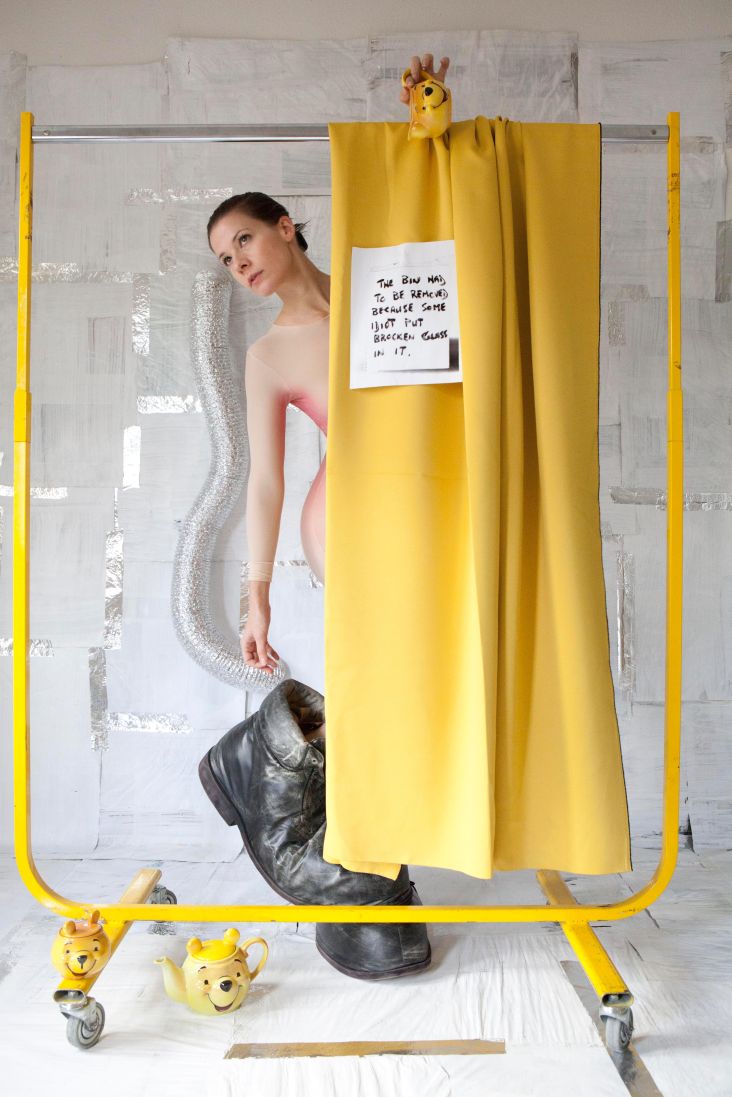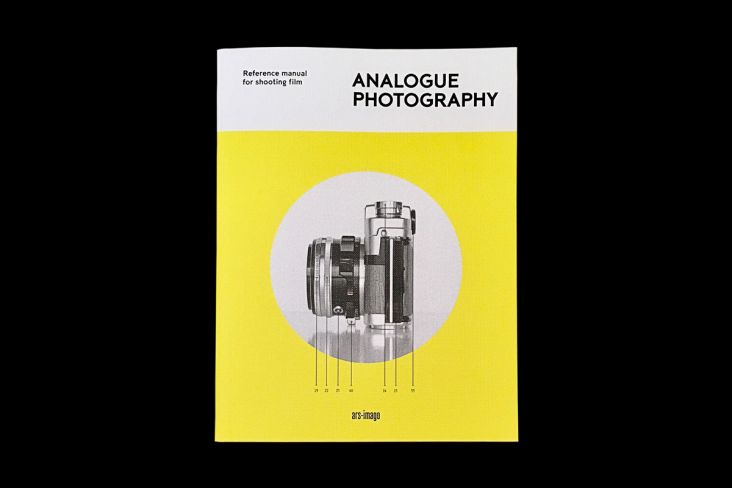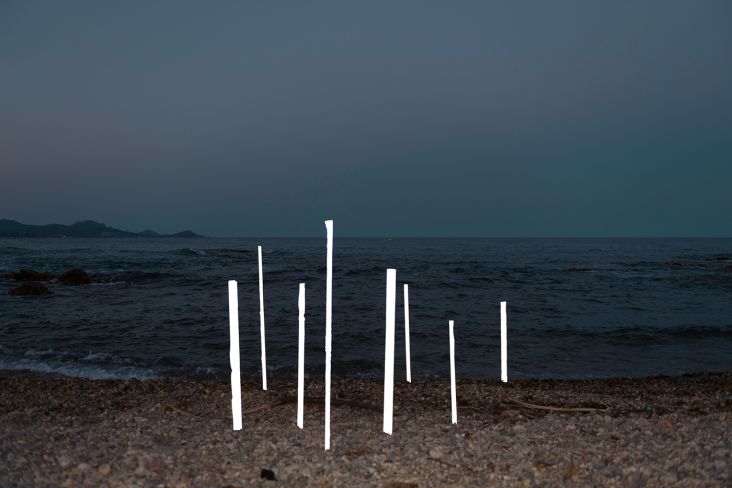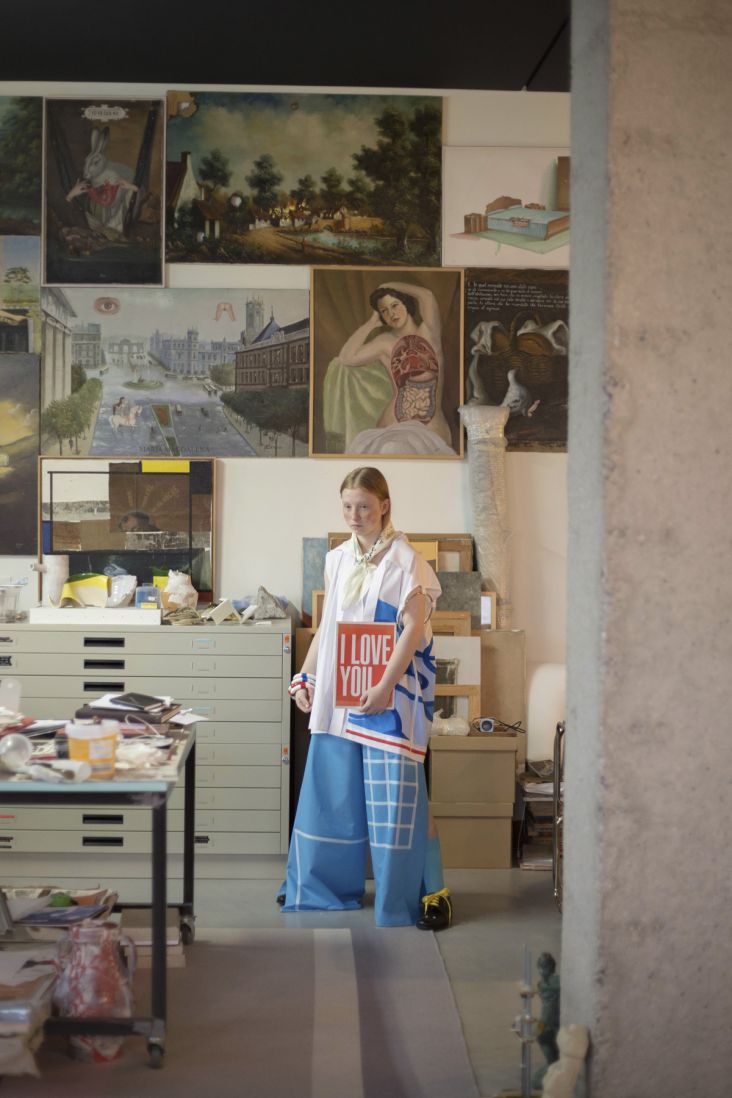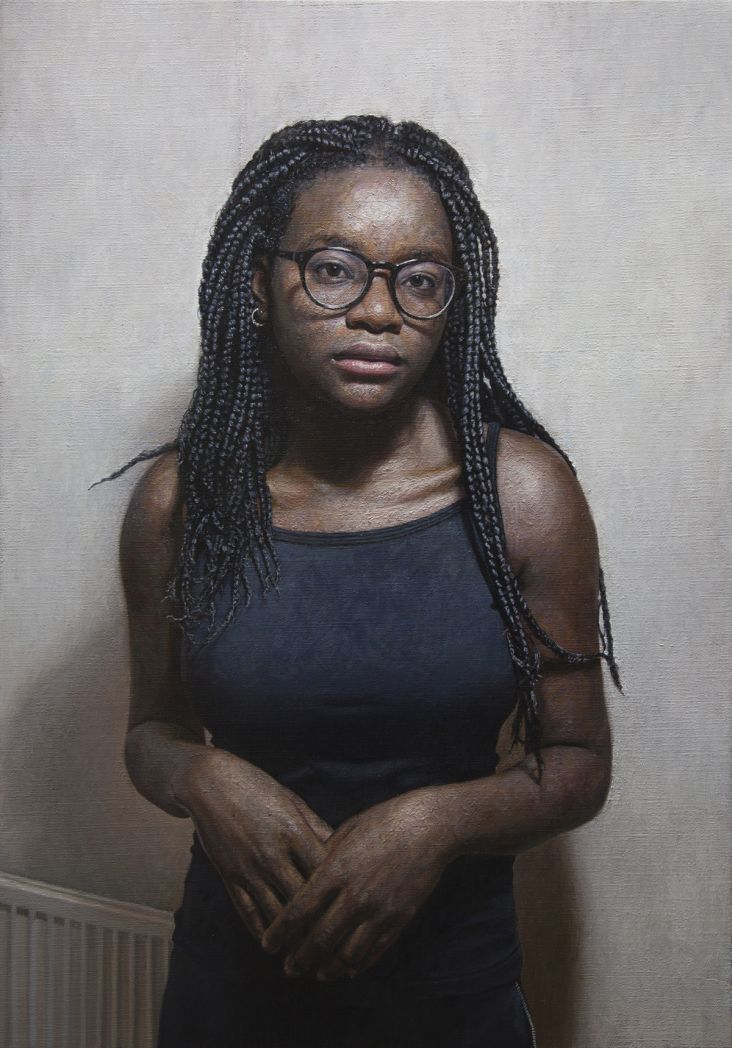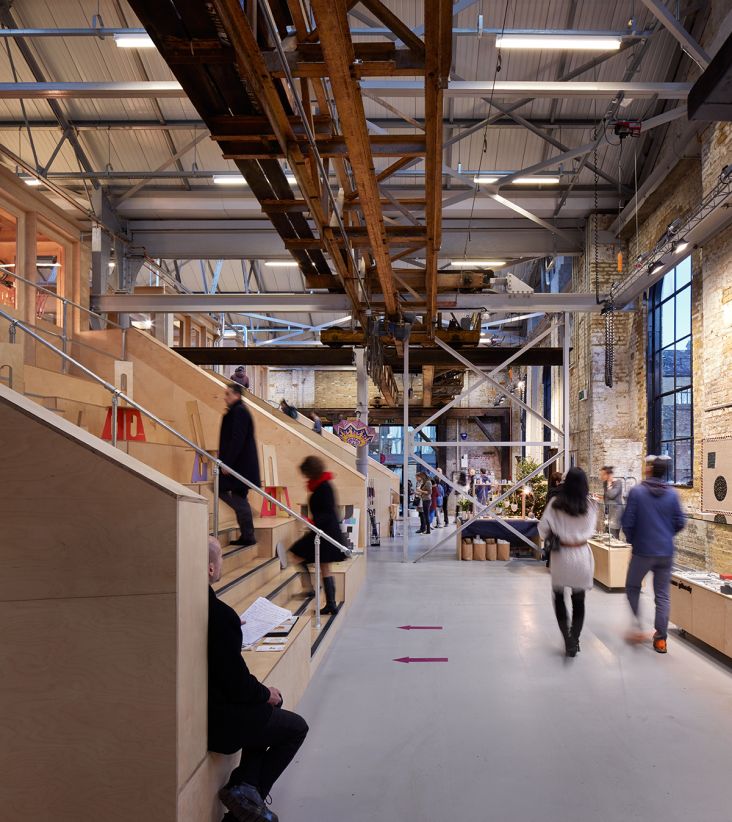Monet & Architecture: Landmark show at National Gallery reveals Monet as you've never seen him before
A landmark show at the National Gallery in spring 2018 will be the first purely Monet exhibition to be staged in London for more than twenty years, offering a unique and surprising opportunity to discover the artist as we have never seen him before.

Claude Monet The Beach at Trouville (La Plage à Trouville), 1870 Oil on canvas 53.5 × 65 cm Wadsworth Atheneum Museum of Art, Hartford, Connecticut The Ella Gallup Sumner and Mary Catlin Sumner Collection Fund, 1948.116 © Allen Phillips\Wadsworth Atheneum
We typically think of Claude Monet as a painter of landscape, of the sea, and in his later years, of gardens – but until now there has never been an exhibition considering his work in terms of architecture.
Featuring more than seventy-five paintings by Monet, this innovative exhibition spans his long career from its beginnings in the mid-1860s to the public display of his Venice paintings in 1912. As a daring young artist, he exhibited in the Impressionist shows and displayed canvases of the bridges and buildings of Paris and its suburbs. Much later as an elderly man, he depicted the renowned architecture of Venice and London, reflecting them back to us through his exceptional vision.
More than a quarter of the paintings in The Credit Suisse Exhibition: Monet & Architecture come from private collections around the world; works little-known and rarely exhibited.
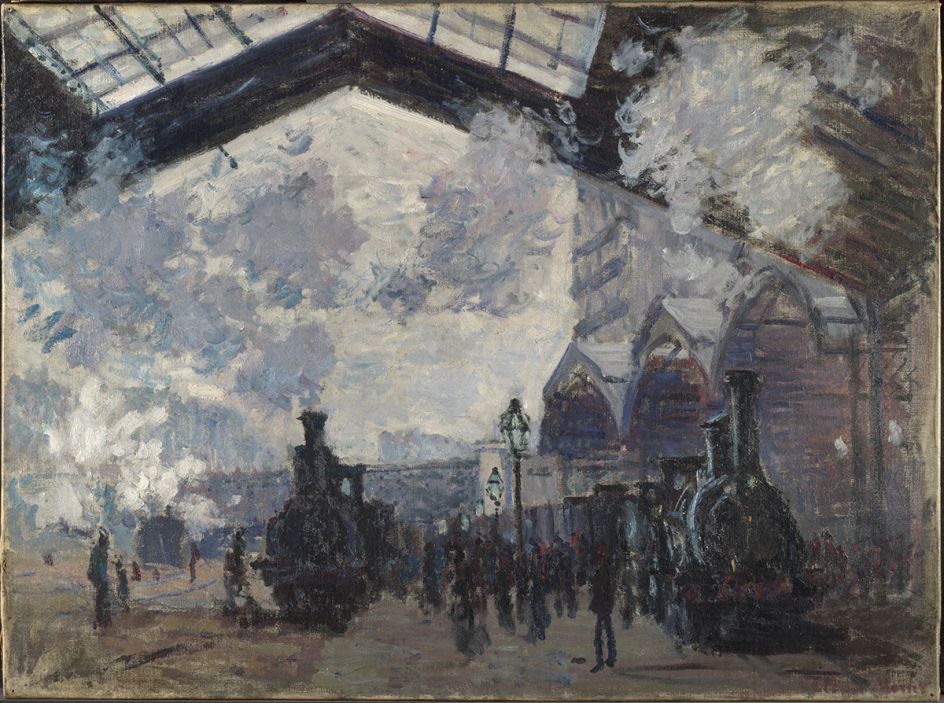
Claude Monet The Saint-Lazare Railway Station (La Gare Saint-Lazare), 1877 Oil on canvas 54.3 x 73.6 cm © The National Gallery, London
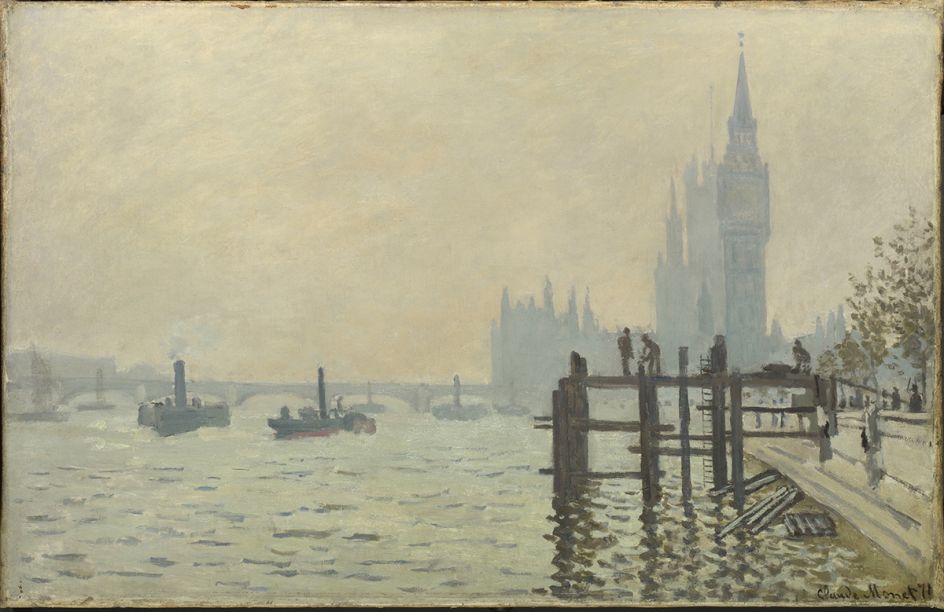
Claude Monet The Thames below Westminster (La Tamise et le Parlement), about 1871 Oil on canvas 47 x 73 cm © The National Gallery, London
Buildings played substantial, diverse, and unexpected roles in Monet’s pictures. They serve as records of locations, identifying a village by its church (Église de Varengeville, effet matinal, 1882, Private Collection), or a city such as Venice (The Doge’s Palace, 1908, Brooklyn Museum), or London (Cleopatra’s Needle and Charing Cross Bridge, about 1899–1901, Private Collection) by its celebrated monuments.
Architecture offered a measure of modernity – the glass-roofed interior of a railway station, like the Gare Saint-Lazare (1877, National Gallery, London) – whilst a venerable structure, such as La Lieutenance de Honfleur, (1864, Private Collection), marked out the historic or picturesque.
Architecture aided Monet with the business of painting. A red-tiled roof could offer a complementary contrast to the dominant green of the surrounding vegetation (The Cliffs at Dieppe, 1882, Kunsthaus Zürich).The textured surfaces of buildings provided him with screens on which light plays, solid equivalents to reflections on water (Rouen Cathedral, 1893–4, Private Collection).
A man-made structure helps the viewer engage with the experience of a Monet landscape. A distant steeple (The Church at Varengeville, 1882, The Barber Institute of Fine Arts) or nearby house (Gardener’s House at Antibes, 1888, The Cleveland Museum of Art), are marks of scale, responding to our instinct to read our physical surroundings in terms of distance, destination, and the passage of time involved in transit. Architecture can stand in for absent human presence and suggest mood, whether it be awe at the grandeur of a historical monument (San Giorgio Maggiore, 1908, Private Collection), thrill at the vitality of a teeming city street (The Pont Neuf, 1871, Dallas Museum of Art), or loneliness at the solitude of the clifftop cottage (The Douanier’s Cottage, 1888, Fogg Art Museum, USA).
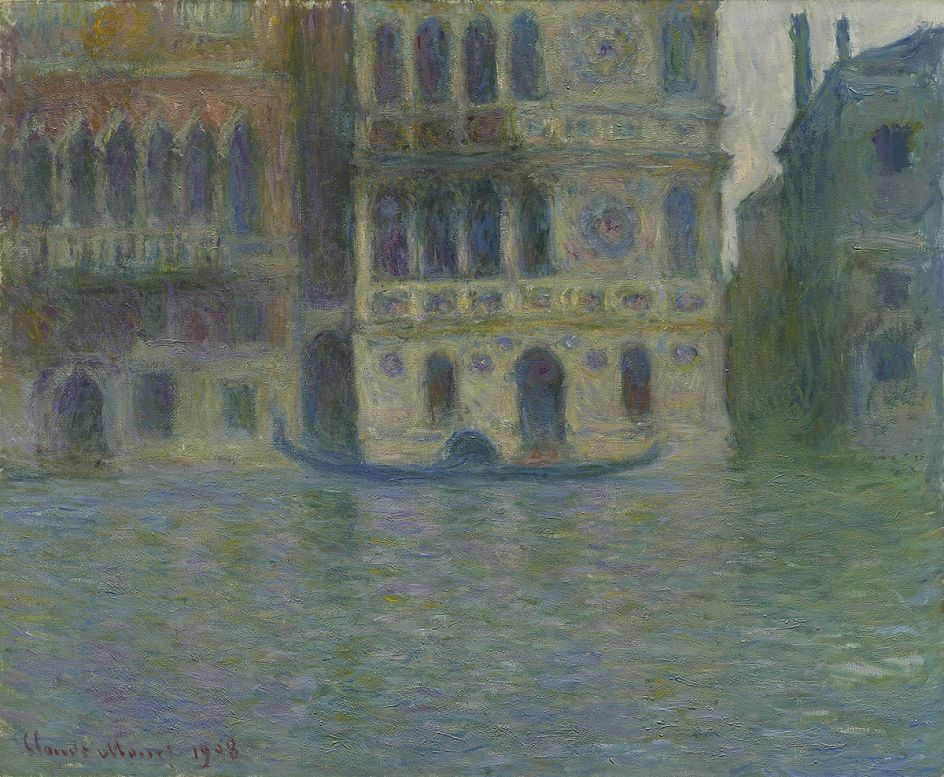
Claude Monet The Palazzo Dario, Venice (Venise, Le Palais Dario), 1908 Oil on canvas 66 × 81 cm The Art Institute of Chicago Mr. and Mrs. Lewis Larned Coburn Memorial Collection 1933.446 © The Art Institute of Chicago / Bridgeman Images
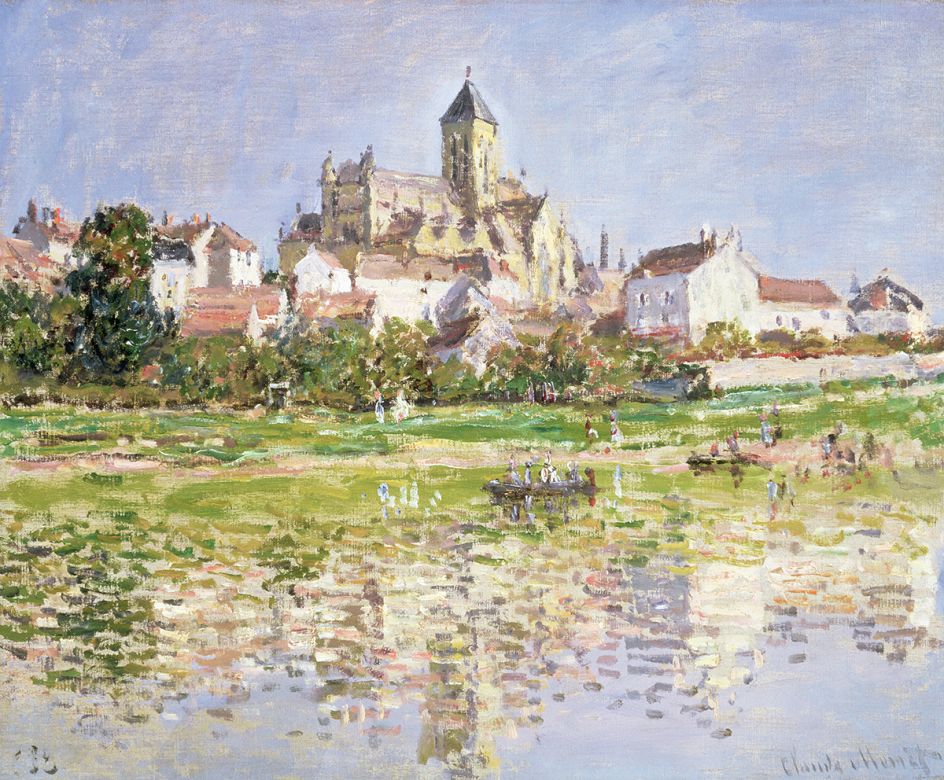
Claude Monet The Church at Vétheuil (L'Église de Vétheuil), 1879 Oil on canvas 51 × 61 cm Southampton City Art Gallery (183/1975) © Copyright Southampton City Art Gallery / Bridgeman Images
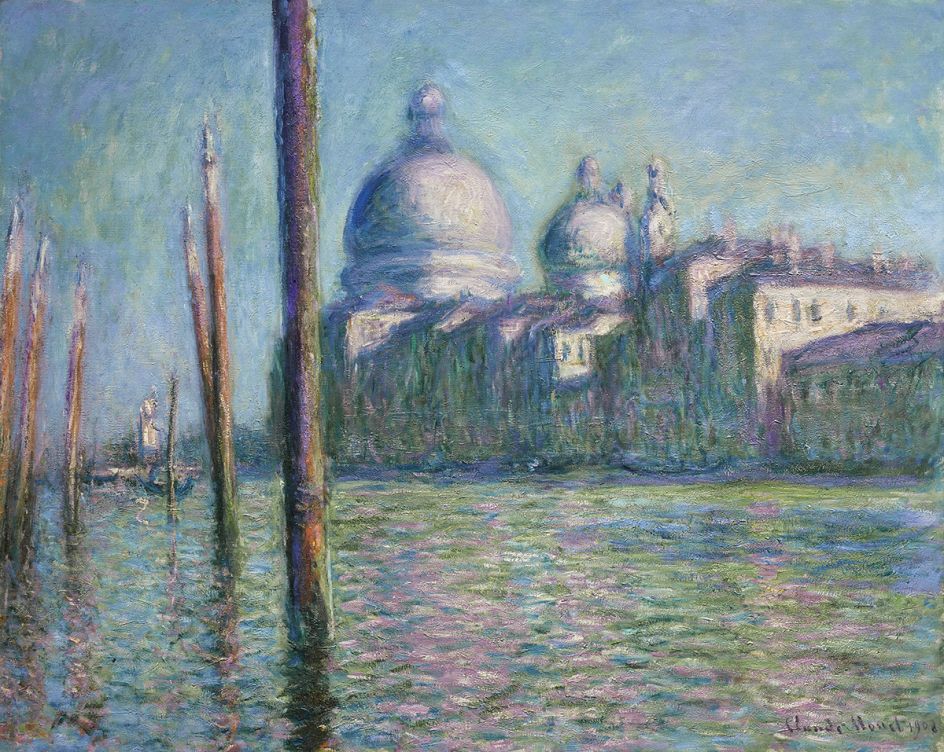
Claude Monet The Grand Canal (Le Grand Canal), 1908 Oil on canvas 73 × 92 cm Nahmad Collection, Monaco © Photo courtesy of the owner
Monet & Architecture will be displayed in three sections – The Village and the Picturesque, The City and the Modern, and The Monument and the Mysterious – and will explore how one of the world’s best-loved painters captured a rapidly changing society through his portrayal of buildings.
Through buildings Monet bore witness to his location, revelling in kaleidoscopic atmospherics and recording the play of sunshine, fogs, and reflections, using the characteristics of the built environment as his theatre of light. He said in an interview in 1895: "Other painters paint a bridge, a house, a boat… I want to paint the air that surrounds the bridge, the house, the boat – the beauty of the light in which they exist."
The exhibition is curated by Monet scholar Richard Thomson, Watson Gordon Professor of Fine Art at the University of Edinburgh. He says: "It is a guest curator's dream to be able to bring so many arresting paintings by such a great artist together and to combine them in groupings which bring out new ways of seeing his unrivalled work."
Director of the National Gallery, Dr Gabriele Finaldi, says: "Monet’s sensibility to the pull of light across buildings, bridges, and water continues to astound today’s audiences. His images of Rouen, Paris, and London have become part of the visual landscapes of our imagination."
The Credit Suisse Exhibition: Monet & Architecture will launch 9 April and run until 29 July 2018 at the National Gallery.




 by Tüpokompanii](https://www.creativeboom.com/upload/articles/58/58684538770fb5b428dc1882f7a732f153500153_732.jpg)

 using <a href="https://www.ohnotype.co/fonts/obviously" target="_blank">Obviously</a> by Oh No Type Co., Art Director, Brand & Creative—Spotify](https://www.creativeboom.com/upload/articles/6e/6ed31eddc26fa563f213fc76d6993dab9231ffe4_732.jpg)









